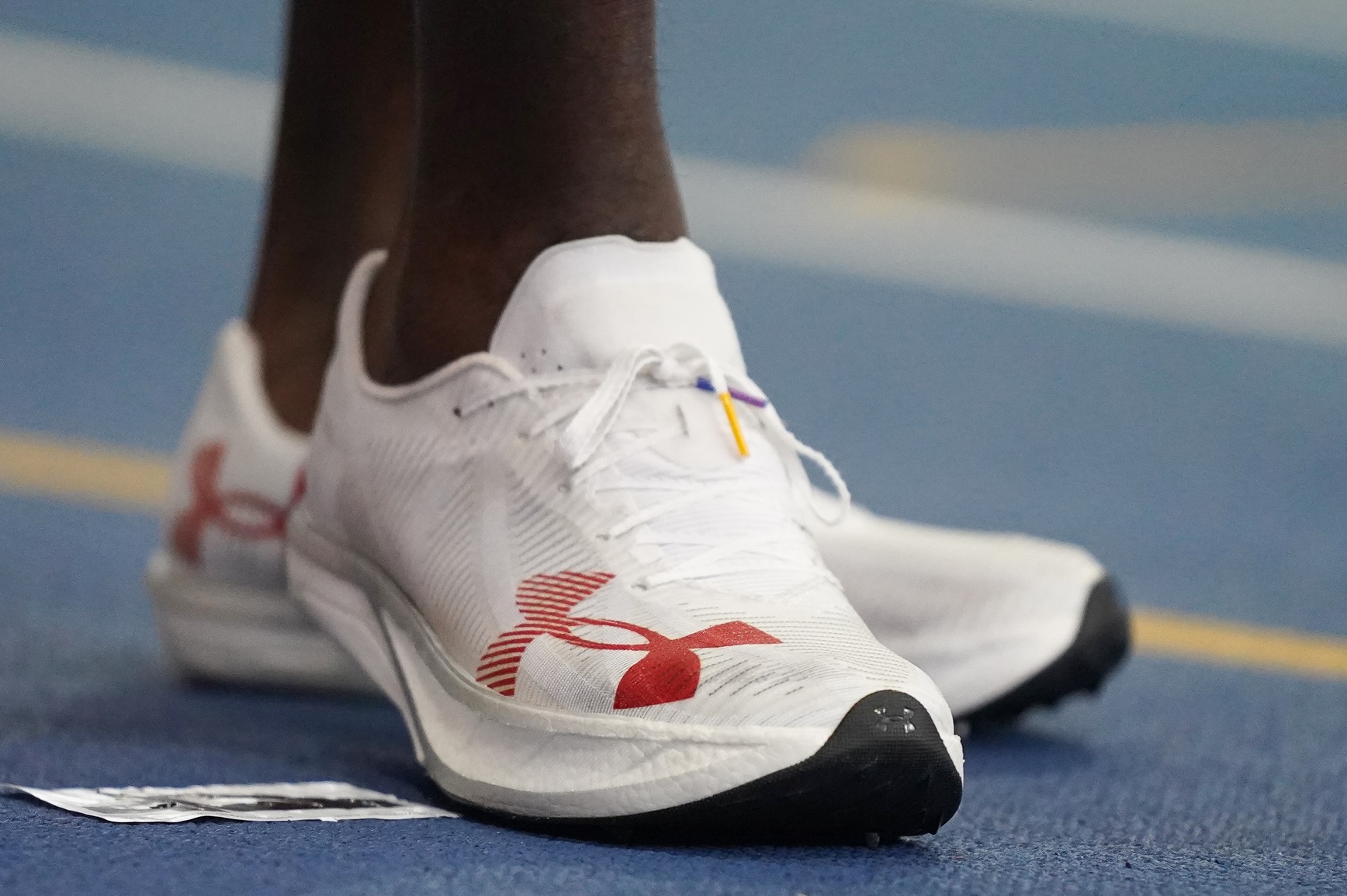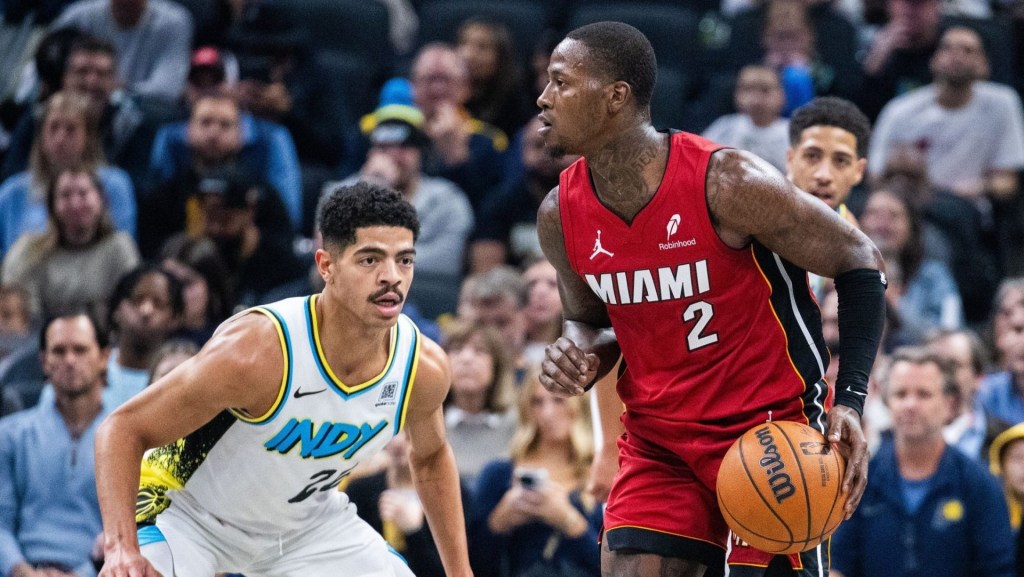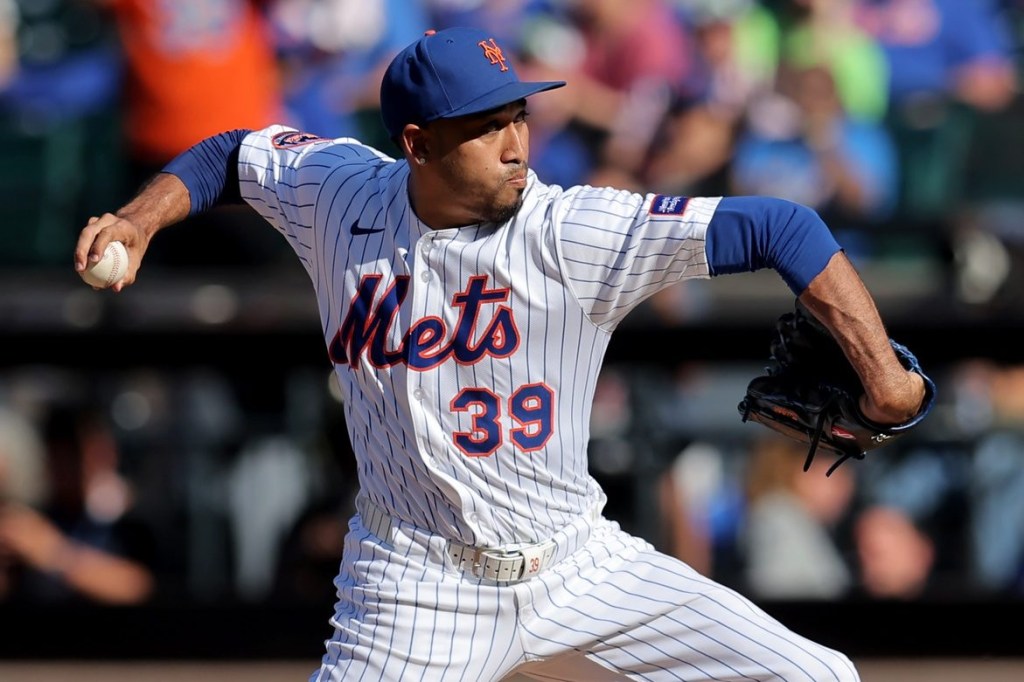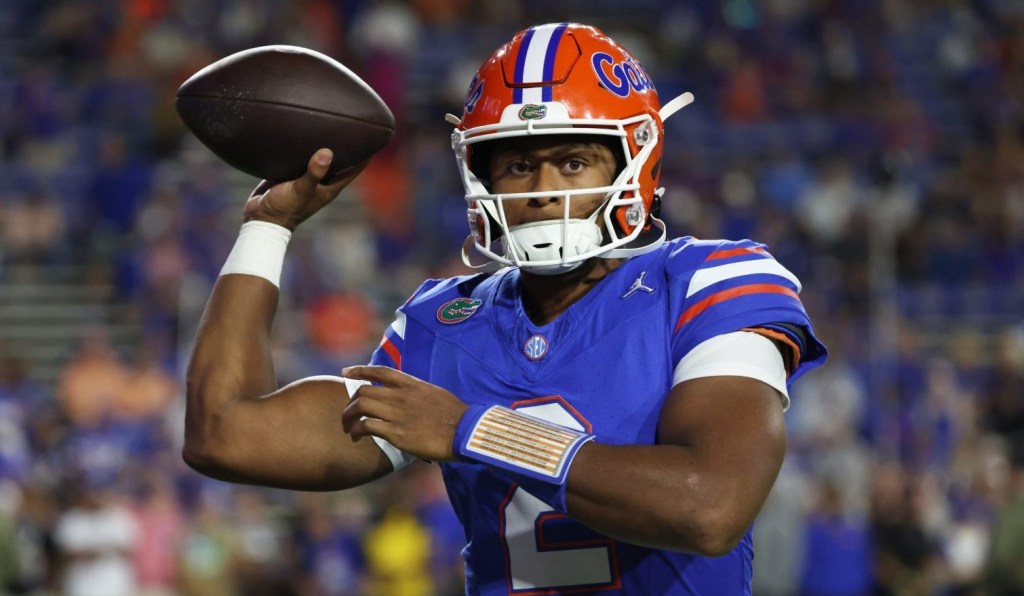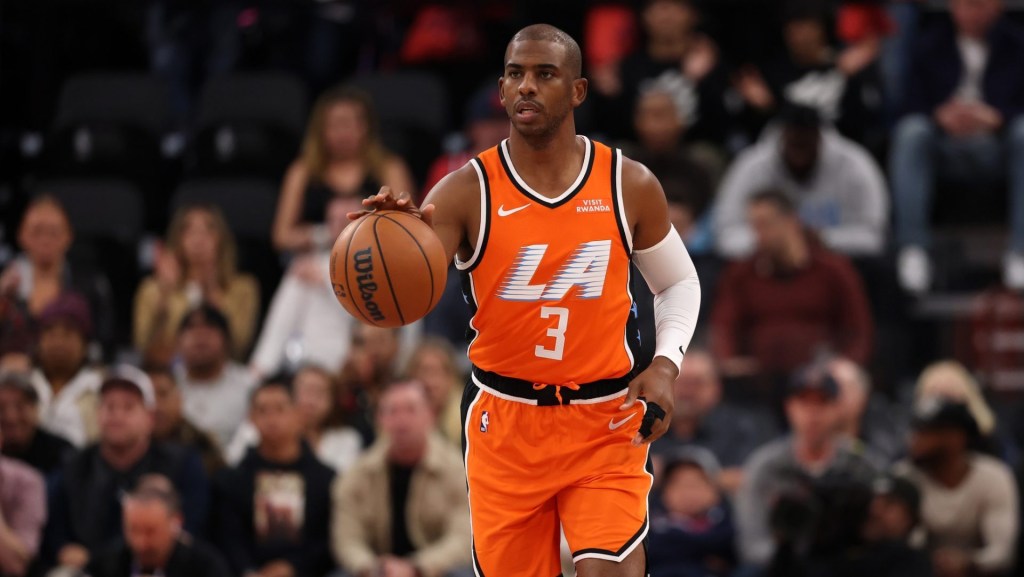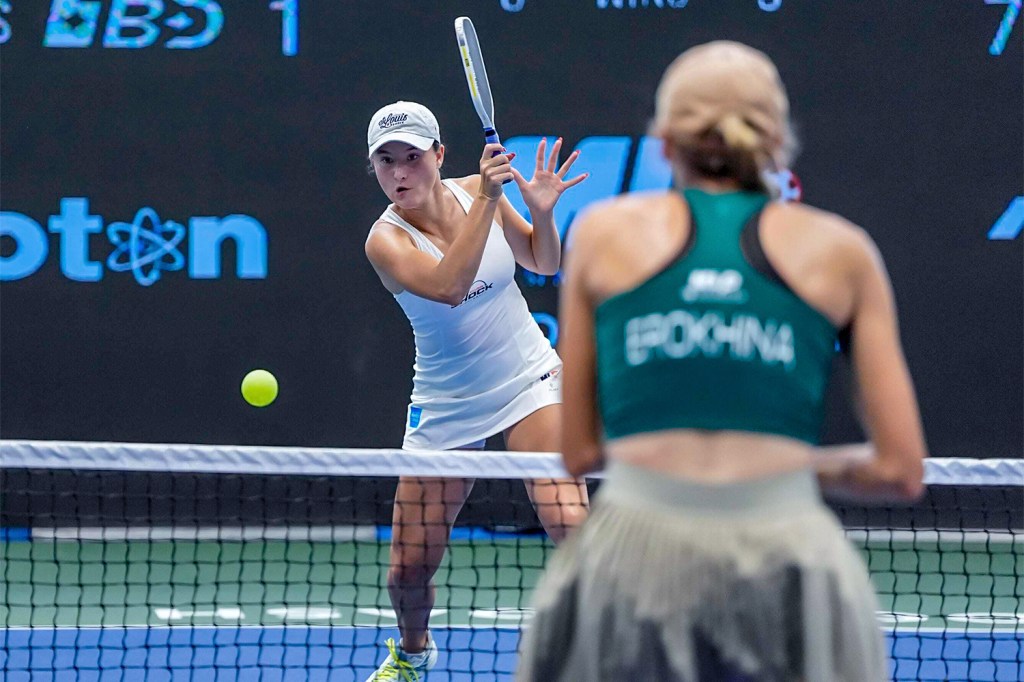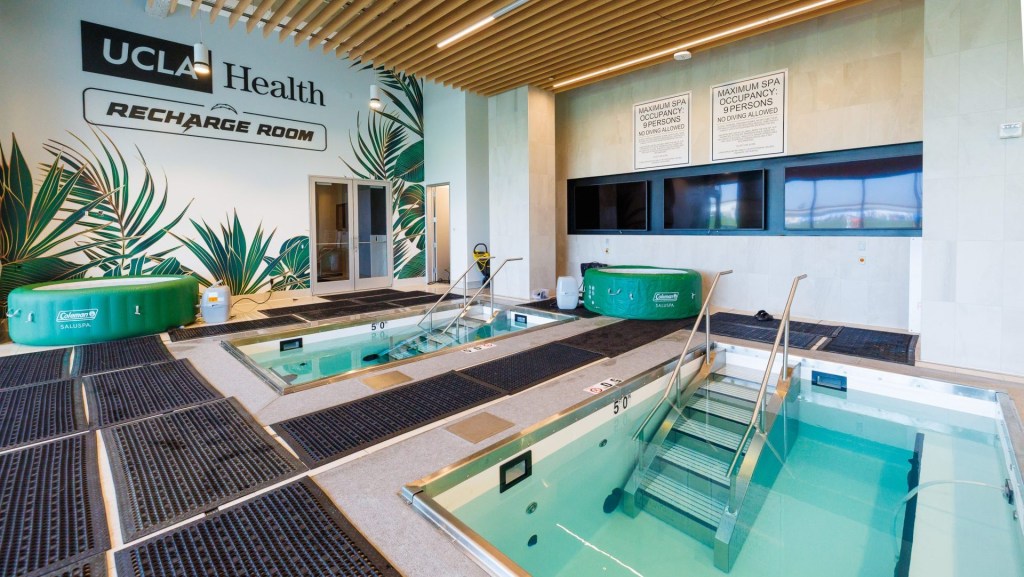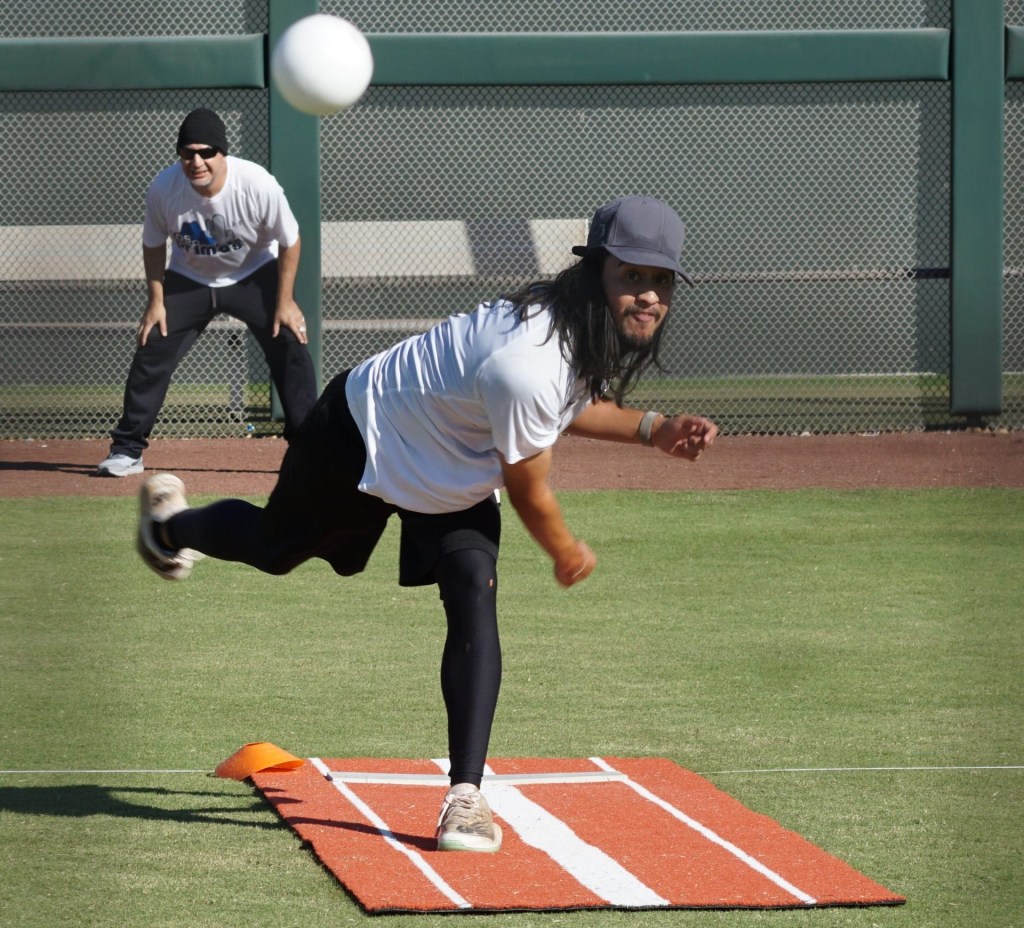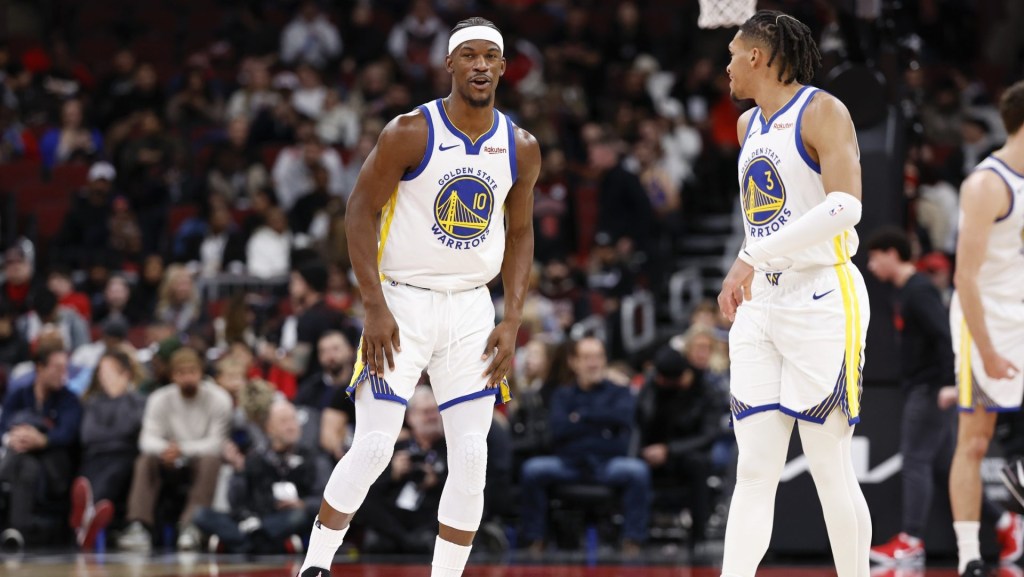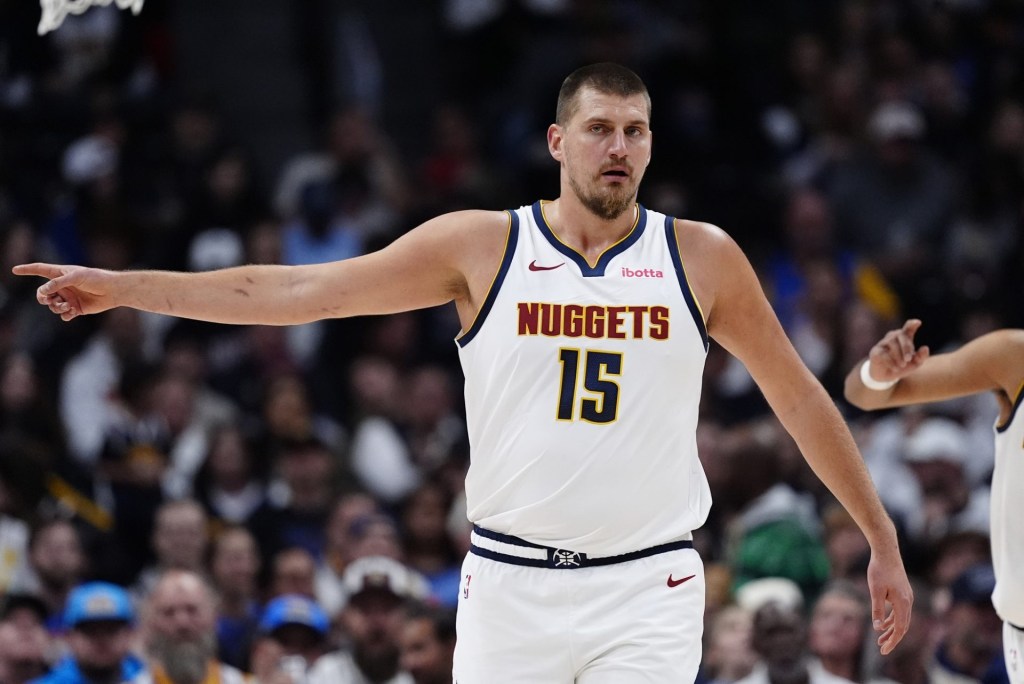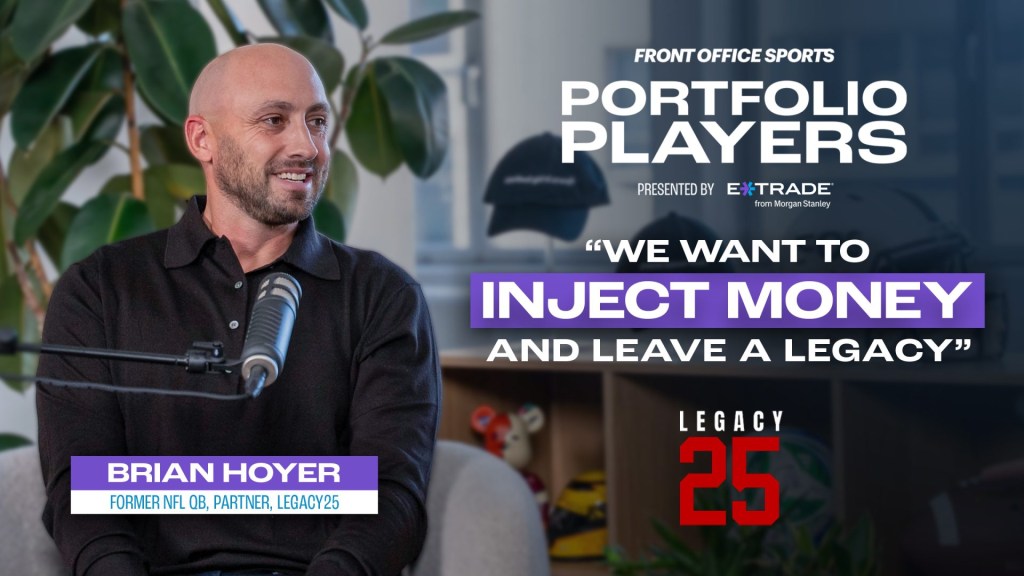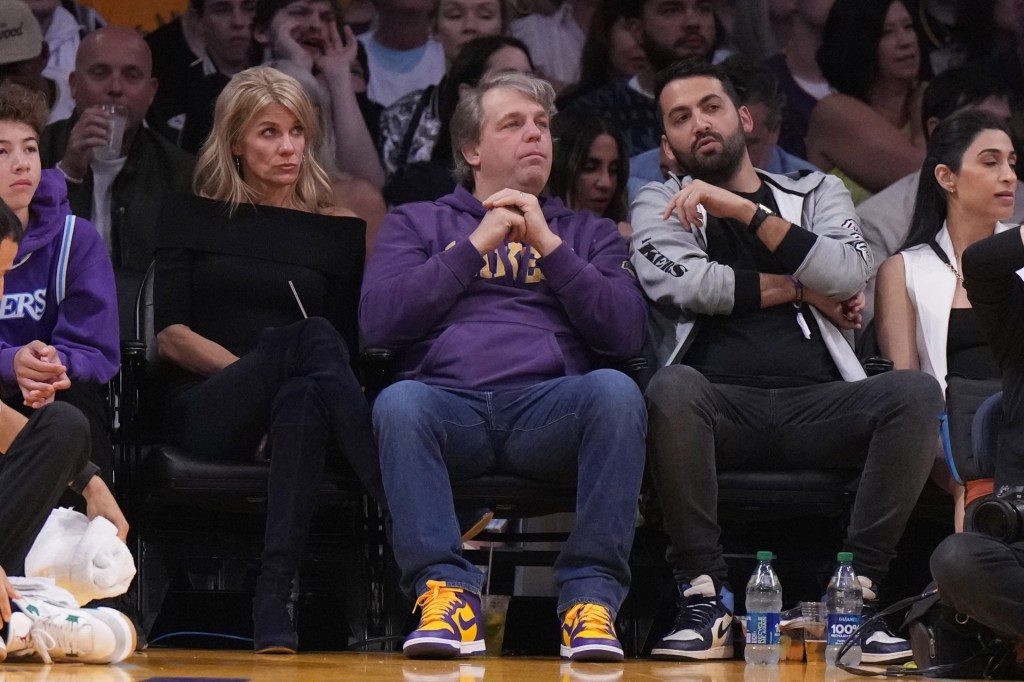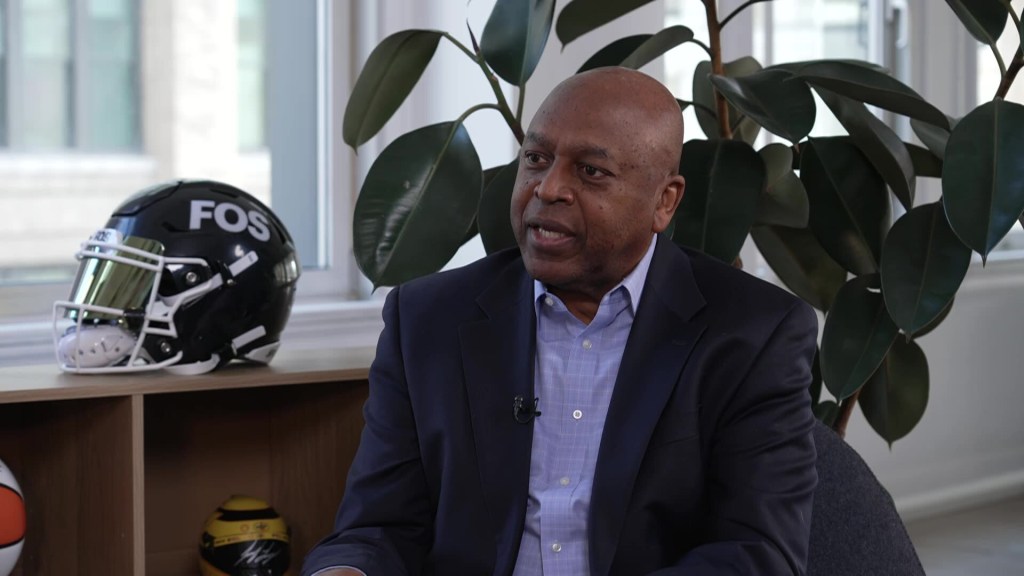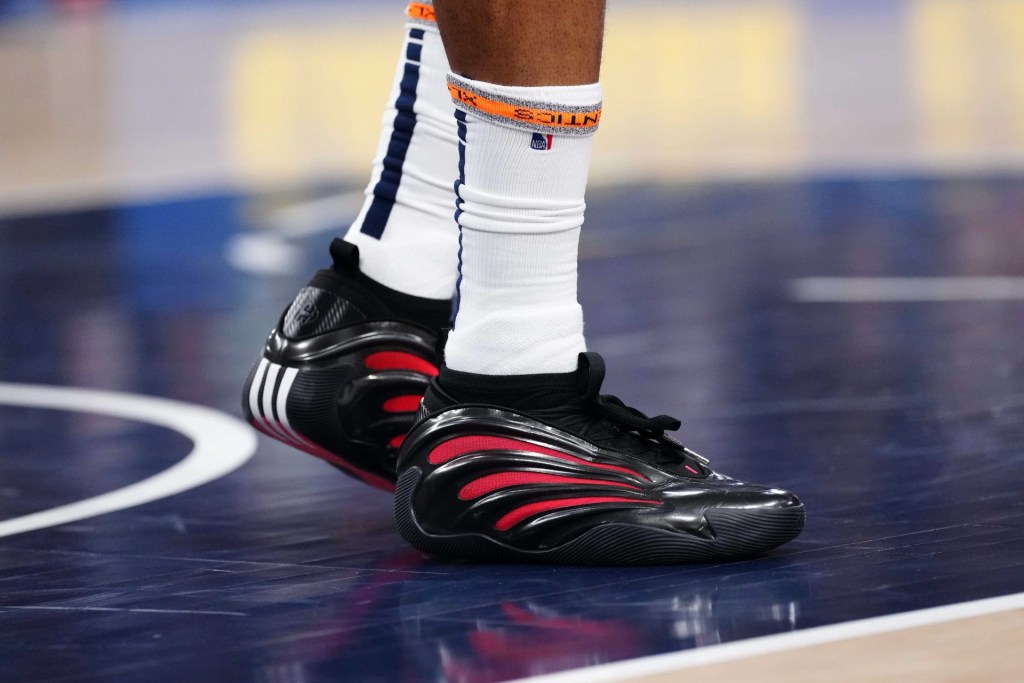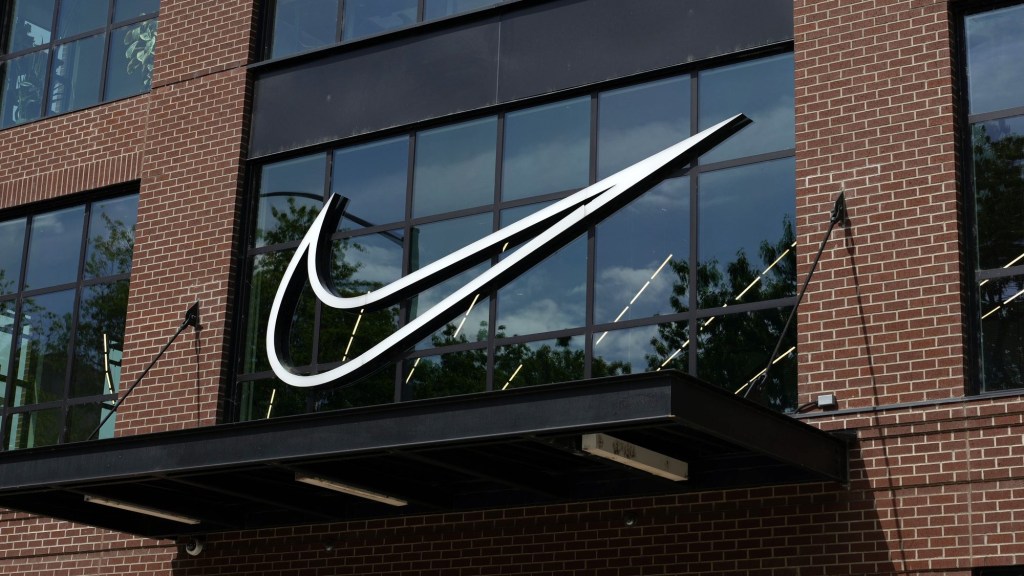Under Armour’s turnaround has been a neverending story. But on Thursday the beleaguered athletic apparel company surprised Wall Street, reporting better-than-expected third-quarter earnings. The company posted a 6% drop in revenue to $1.4 billion, compared with analysts’ consensus of a nearly 10% decline. Gross margin also exceeded forecasts.
The company raised its annual profit guidance, suggesting its turnaround efforts might have legs. Shares were up about 4% in premarket trading.
“There is still much work to be done to revitalize the brand and improve perception among consumers through product innovation and a more premium positioning with less discounting,” Telsey Advisory Group analysts wrote in a note Thursday morning.
A decade ago Under Armour was seen as a premium name. Its once-ubiquitous moisture-wicking clothing launched it into the sphere of top sportswear brands like Nike and Adidas. From about 2010 to 2015 it was a high-growth company, notching 20%-plus sales growth several years in a row. Growth has been flat to negative for the past four years.
“People were talking about Under Armour as a legitimate challenger to Nike,” Morningstar retail analyst David Swartz told Front Office Sports. “Then it just hit a wall.”
In recent years, as the sportswear market has grown increasingly fragmented, competitors like Lululemon have surged ahead of the athletics brand, while smaller sneaker names like Hoka and New Balance generate high sales growth.
Founder Kevin Plank—who moved from CEO to brand chief in 2019 only to return in March 2024 after two external leaders failed to bring meaningful improvements—has emphasized fewer promotions, a reduction in number of products, new sneaker designs, and a general focus on premium to push Under Armour out of its rut.
“They have repeatedly come up with various turnaround plans, there’s been big turnover in the CEO and other positions, and now the company is sort of starting over again under Kevin Plank,” Swartz said.
Analysts on average expect the company to report $1.34 billion in revenue for its fiscal third quarter, an almost 10% decline from the previous year. Last quarter Under Armour reported an 11% drop in revenue to $1.4 billion from the year before. Under Armour shares are down 60% over the past five years, while the broader market is up 80%. Shares were up about 3% in pre-market trade Thursday.
In Plank’s vision, Under Armour is not a discount brand. But if you look at their stores, “90% of their U.S. stores are outlet stores. They have very few flagship stores. Most stores are in outlet malls,” Swartz says. Selling products in stores such as Kohl’s and Macy’s may have been a mistake because of their near-constant promotions. “It’s not that you pull out of those stores entirely, but you have to get people to pay full price,” he says.
Desperate to connect with younger consumers
Kids in junior high may wear Under Armour, but when they get to high school and they start playing for the basketball team, they switch to Nike or Adidas, says Swartz, articulating a core problem for the company.
To that end, Under Armour hired menswear designer John Varvatos in 2023 as chief design officer. UA is also trying to expand under the Curry brand, releasing the Fox 1, a signature sneaker with De’Aaron Fox last year. (Fox was traded from the Sacramento Kings to the San Antonio Spurs this week.)
Investment bank Piper Sandler’s latest teen survey released in the fall of 2024 found Under Armour at the bottom of the heap in terms of the demographic’s favorite brands. Upper-income male teens’ preferred athletic footwear brands were Nike (71%) and Adidas (11%), while Under Armour got 1%, the same as brands like Brooks and Asics. The picture looked the same for boys’ favorite apparel brands.
Under Armour “must address the fact that they under-index with teens, the most important sneaker demographic,” says industry analyst Matt Powell. After all, the ultimate goal for any brand is to lock consumers in while they’re young and keep them.
At Under Armour’s investor day in December, executives outlined several things it wanted to do to return to growth, including focusing on the 18- to 24-year-old demographic and shift from heavy discounting to full-price products. But presentations were low on specifics, says Cristina Fernandez, retail analyst at Telsey Advisory Group. “They presented at a high level what they wanted to do, but no specifics about what the plan was going to be,” she said. “Expectations are low that they could show some kind of a turnaround.”
Analysts agree footwear is certainly Under Armour’s biggest opportunity. But investors and consumers likely won’t see any meaningful breakthrough there soon. On the company’s last earnings call in November, Plank said that in the footwear category, the company is making headway but “there’s much work to do as we’re experiencing challenging results in the near term,” and noted it will take a couple of seasons until new products hit the market.
The company plans to release two new running shoes this year. But overall, Plank underscored efforts to slash the number of products it’s putting out. “We’ve taken a different tack here with good level refining and eliminating redundant [products]” he said on an earnings call in November.
Not a global brand
Under Armour still doesn’t have the visibility that other stronger brands do—partly because of its deep connection to American football. Despite the NFL’s all-out efforts at international marketing, the sport lags far behind soccer and basketball globally. Football generates two-thirds of its revenue from North America. Under Armour wants to position itself as a premium sports brand, but “if you watch the Olympics or Premier League Football or sports like cricket, you don’t see players wearing Under Armour,” Swarts says. “They’re not that visible in global sports.”
Even Under Armour’s deal with NBA superstar Steph Curry—first signed in 2013 worth about $4 million per year—hasn’t translated into big sales of the brand’s basketball shoes. Nike and its Jordan Brand were worn by 73% of players in the NBA last season, according to The Baller Shoes Database. Adidas is the only other company in double digits, at 10%, and Under Armour is at a paltry 2.4%, below Puma and New Balance and just ahead of Chinese companies Anta and Li-Ning.
In Fernandez’s eyes, Under Armour has correctly identified its problems. The issue is the solutions. “They just haven’t been needle movers,” she said.
